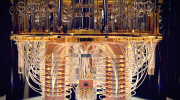In this way I have introduced wireless lights in the kitchen and cupboards so as not to have to use cables or plugs.
One of the mistakes we made when renovating the house was not installing more sockets in the kitchen or choosing furniture with integrated LED lighting, partly because the extra cost of this option was exorbitant. As a result, some areas of the kitchen were left with poor lighting and, since I didn’t want to resort to cables, I found a system that has given me very good results.
I had been looking for a while for a lighting solution that would not only work in the kitchen, but also in other parts of the house with low light, where it was necessary to have a light almost permanently on. I didn’t want to depend on cables due to the lack of plug sockets, but neither did I want battery-powered systems, as they would involve a continuous expense. Finally, I found an option that meets all my needs.
The ideal light
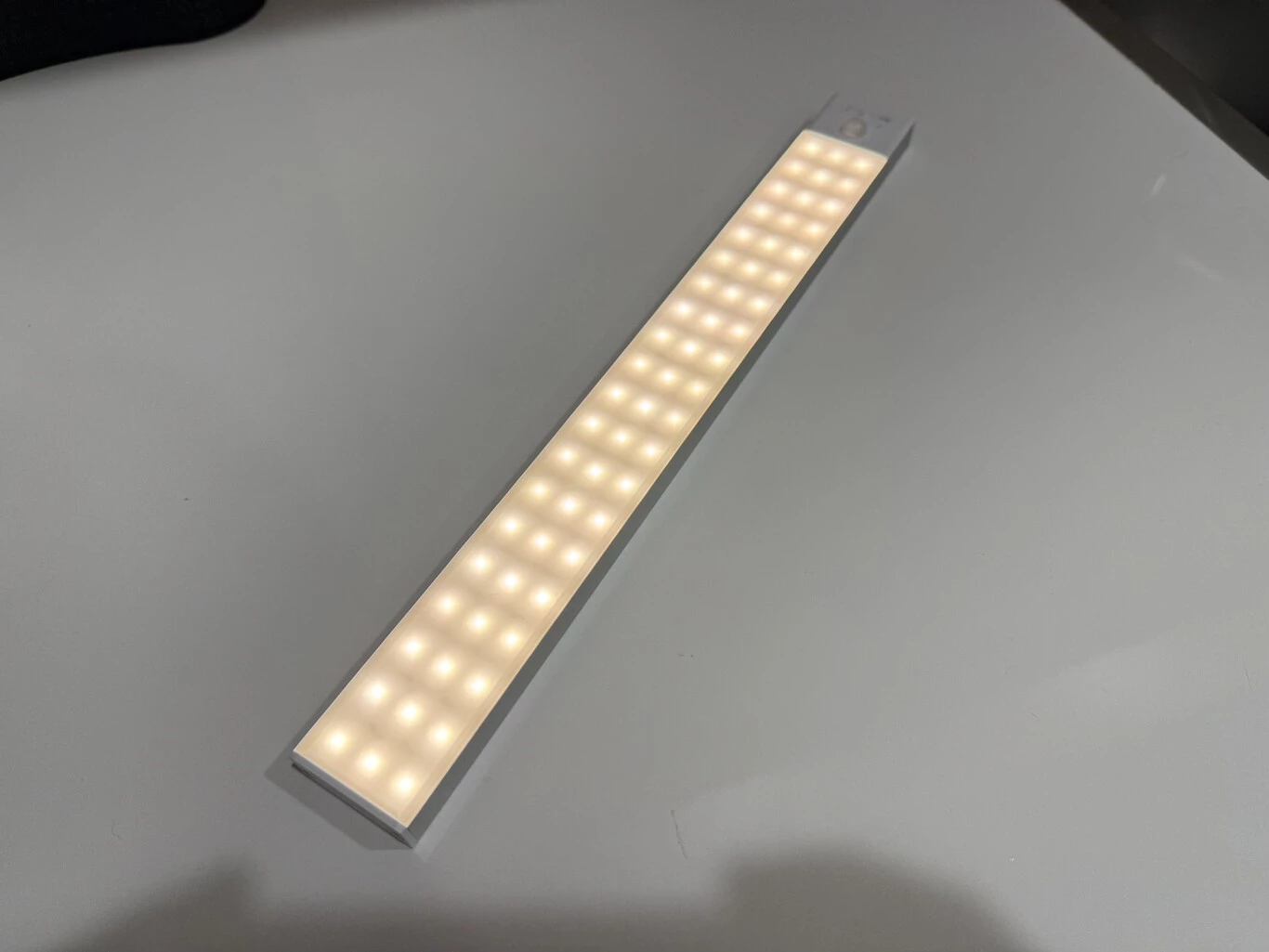
To set up an affordable and versatile LED lighting system, I knew that I didn’t want to depend on plugs or disposable batteries. I needed an efficient and autonomous alternative that I could easily place anywhere in the house.
That’s why I opted for a system of LED lights in a bar format, rechargeable via USB-C port. Each one is 32 centimeters wide (there are 23 and 60 cm versions) and the package includes three units, which I have strategically distributed in different areas of the house, mainly in cupboards and in the kitchen.
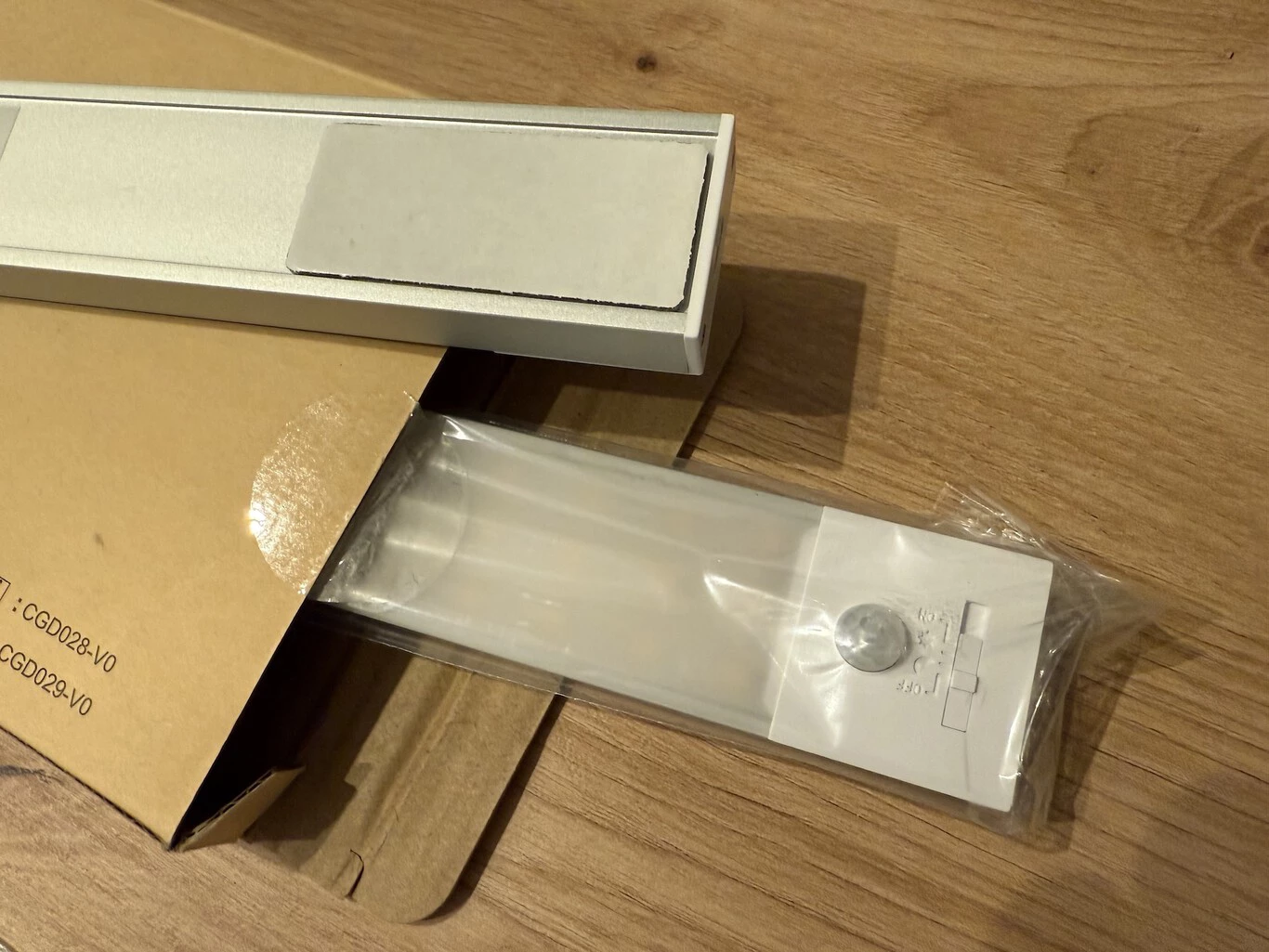
These LED lights provide warm lighting (although there are also versions in cooler tones, but I prefer this option) and they are available in different sizes. I chose the largest model because it provides greater light coverage with a single unit, making it more practical and efficient.
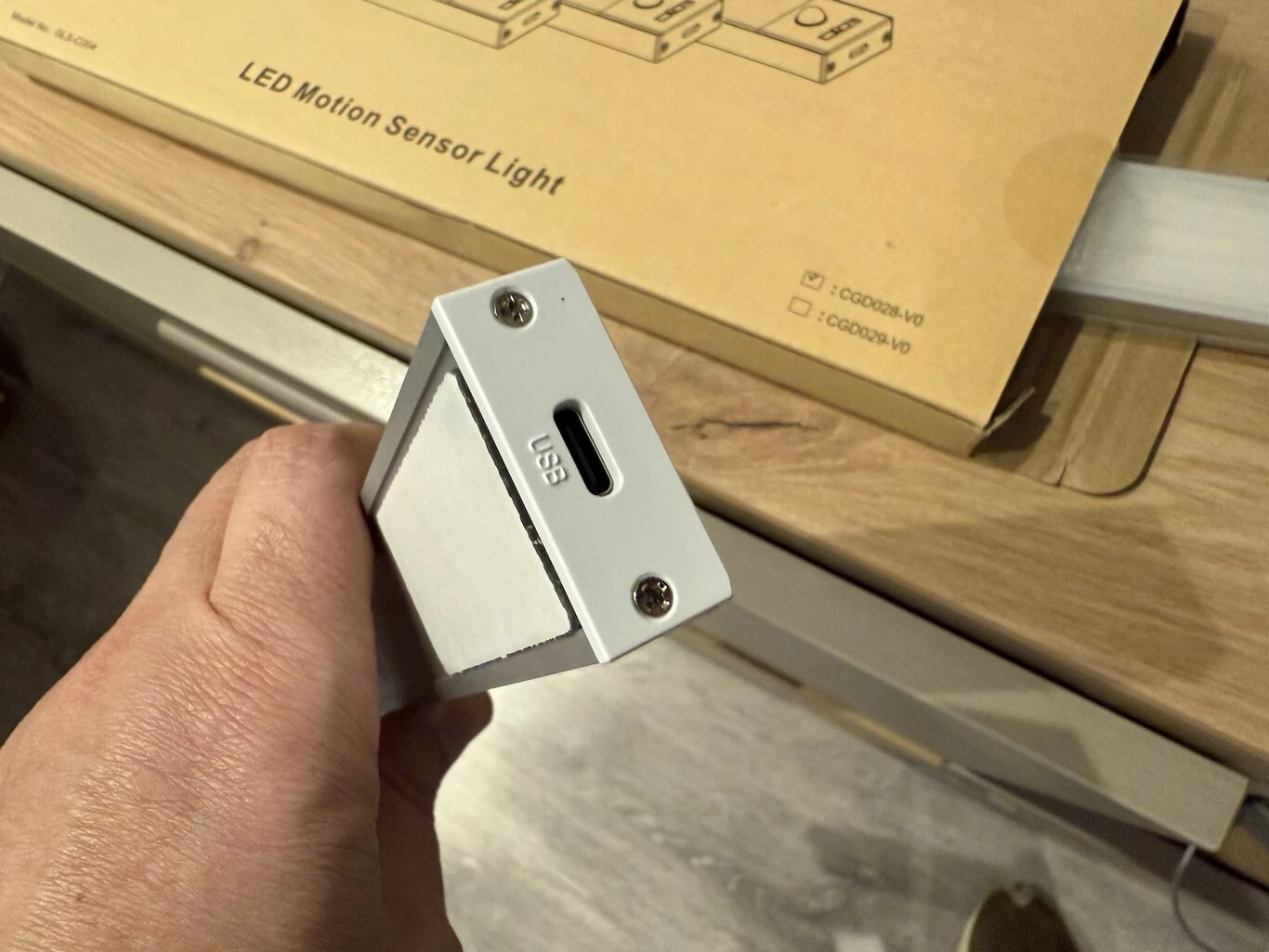
I didn‘t want WiFi or Bluetooth connections, just a simple light. They don’t connect to any smart system or be controlled by a mobile phone, but that wasn’t something I was looking for either. What I really needed was a light with a motion sensor that would activate automatically when it detected someone’s presence. That way, they turn on when I enter the dark kitchen or when I open a cupboard, turning off by themselves after a few seconds.
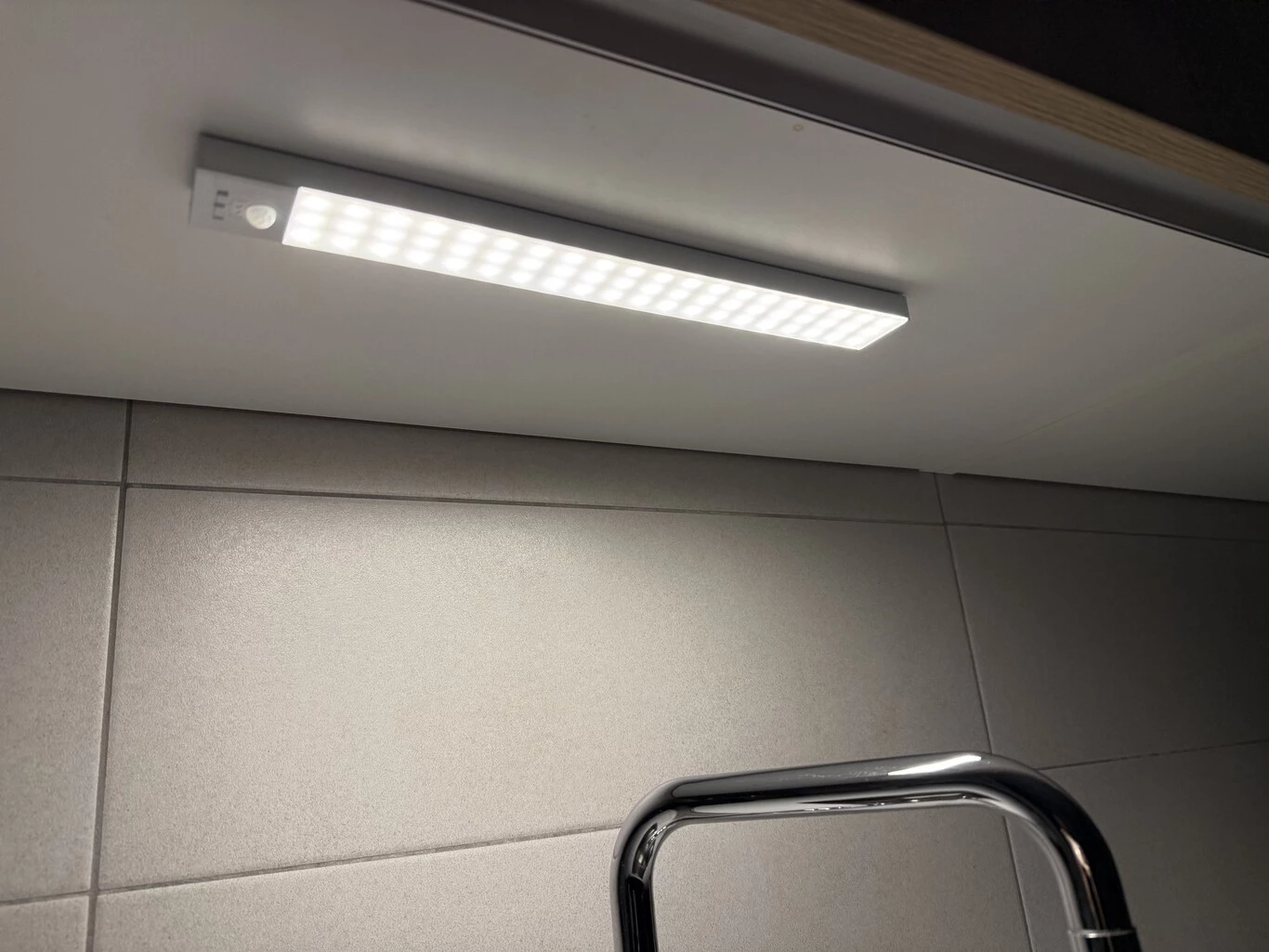
Night mode and light on. In addition to the automatic switch-on function (ambient light or darkness), these lights can also be configured to remain on continuously or to turn off completely when not needed. I have set it up so that they turn on when a person is detected nearby in the dark.
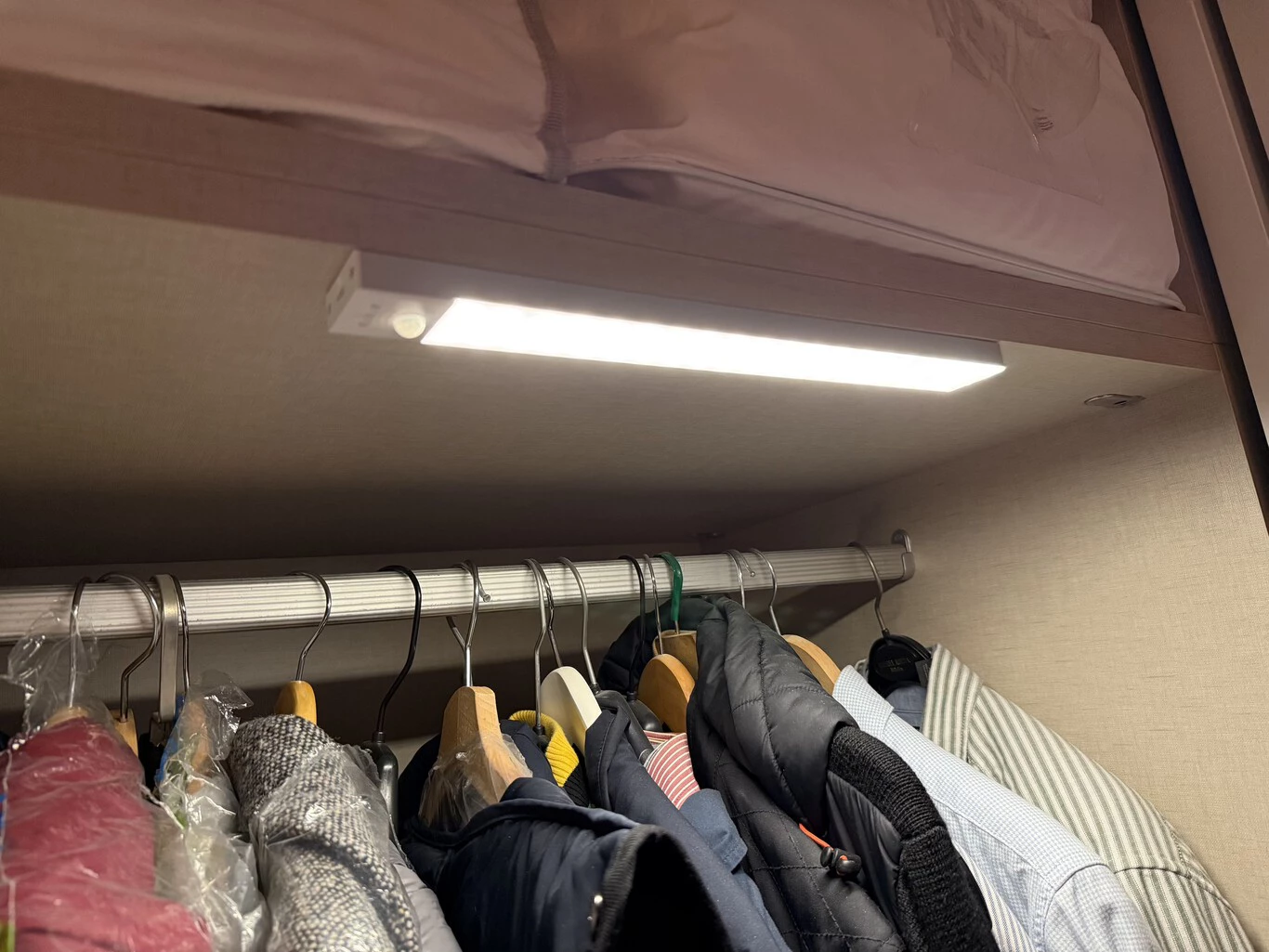
Installation was very simple, as they include two self-adhesive magnets that attach easily to almost any surface. This makes recharging them very convenient: just detach them from the magnet and connect them to the mains. If you want to use them on metal furniture, they have a built-in magnet, but as this was not the case with me, I had to use the adhesive.
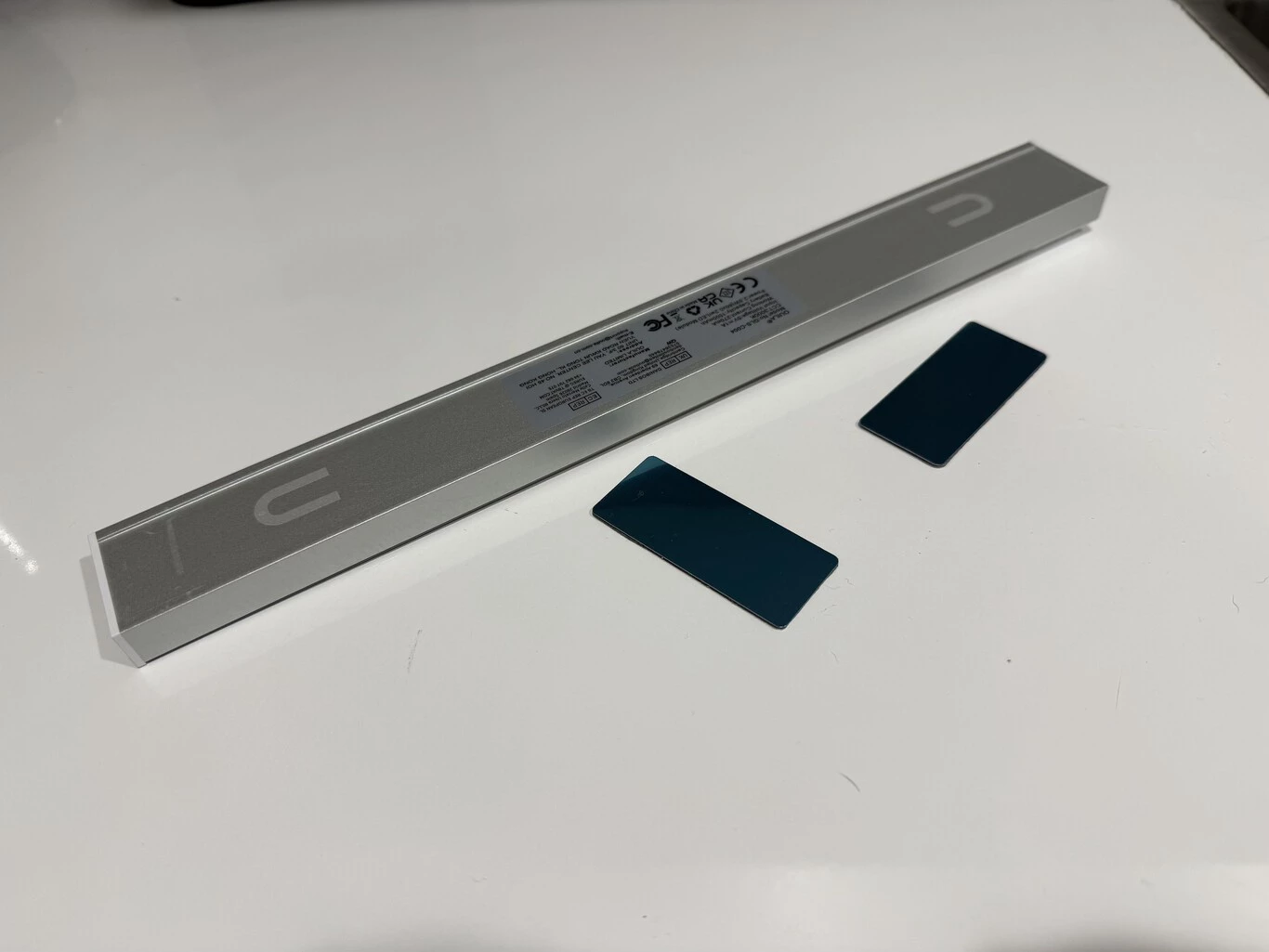
As for battery life, the data provided by the manufacturer is usually quite accurate. In this case, they indicate a duration of up to 30 days in motion sensor mode and between 3 and 80 hours in continuous mode, depending on the level of brightness selected. In my experience, using them with the motion sensor in night mode and with regular use when entering and leaving the kitchen, they have worked for almost a month without needing to be recharged. It’s not 30 days but it’s close.
When it comes to charging them, the process takes about three hours for a full charge, and although it is quite a long time, what I do is take advantage of the moments when I know I am not going to use them to leave them charging safely.


